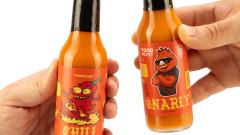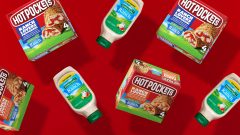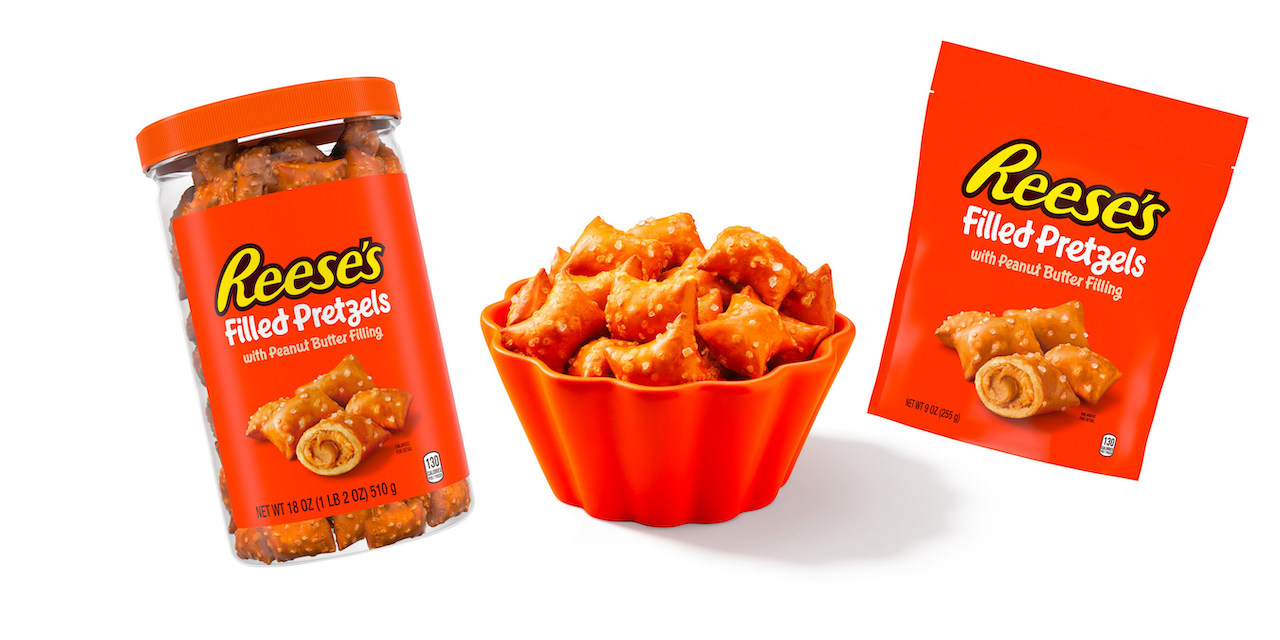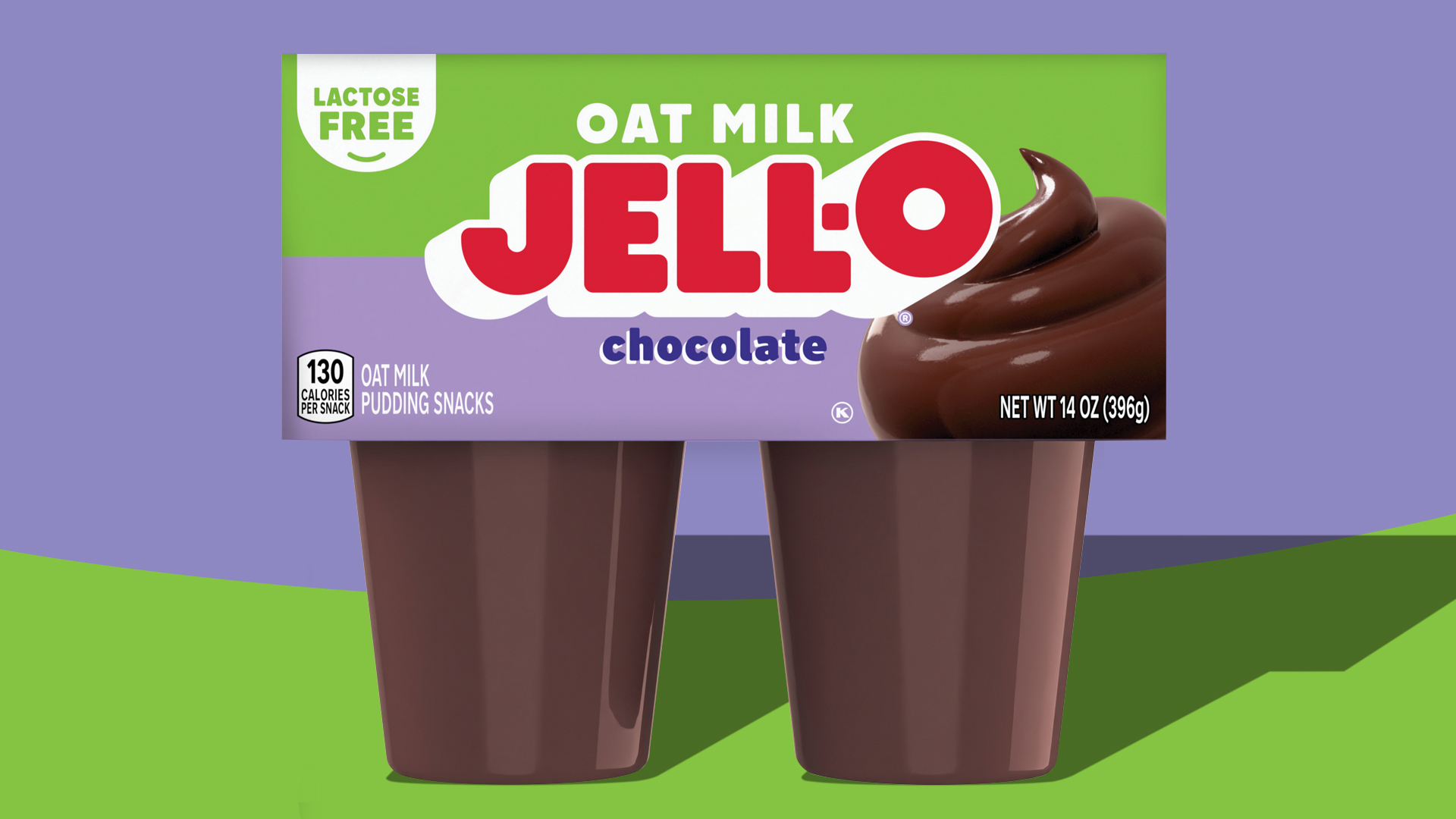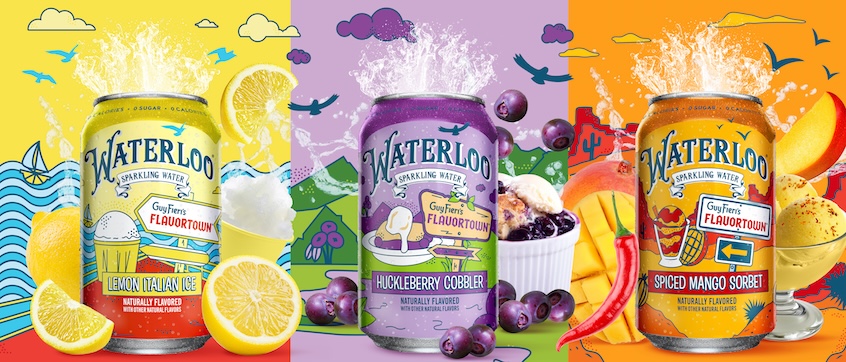Here’s How 10 Of Your Favorite Processed Foods Are Made
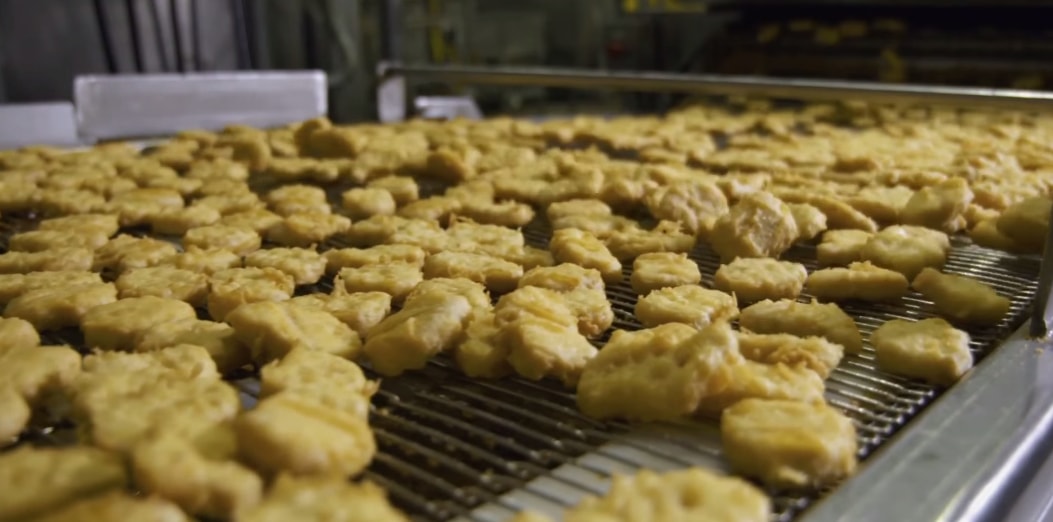
A processed food is any food item that’s been converted from a raw ingredient (like wheat, corn, or soy) and turned into a food product (like bread, corn syrup, or tofu). We’ve all eaten our fair share of processed foods over the course of our lives. They crowd the shelves of our grocery stores and supermarkets, where we see them, recognize them as tasty or nutritious, and consume them. But if you’ve never been to the factories that produce items like cookies and chips by the thousands, you’ve probably never seen how these go from raw ingredient to supermarket shelf. Hopefully, after reading this article and watching these videos, you’ll have learned how some of the more common processed foods out there are actually produced.
American Cheese
American cheese has long had a reputation as an inferior cheese product that people shouldn’t be eating. However, as explained above by HowStuffWorks, it was actually developed as a novel way to reconvert cheeses that wouldn’t sell into a usable piece of dairy that we all enjoy as Kraft singles and the like today. We should be thankful that American cheese has evolved the way it has now, because it helps the rest of the cheese industry fight against food waste.
Toaster Pastries
Whether you had Pop Tarts growing up or some of the other popular frosted toasted pastry brands, these were a childhood breakfast staple. The combination of buttery pastry and sweet filling with a thin layer of glaze made us all fall in love with this humble but tasty on-the-go meal, and I’m glad it’s still around today. Watching it get made in this old Discovery channel video is pretty cool as well, especially when you discover what frosting’s dual purpose is for these delectable sweets.
Orange Juice
Orange juice is just about as synonymous with breakfast as coffee or eggs, so it’s important to understand what really goes into making this popular beverage. As shown in the above Discovery video, it takes a lot of oranges (and a lot of wasted pulp) to make a carton of OJ, which means we ingest a lot of sugar that naturally comes from the fruit in each glass. There’s also another way to make the juice not shown in this video where water, concentrated juice (juice that’s been boiled down and frozen to preserve it), and copious amounts of sugar are mixed together. Fresh squeezed orange juice isn’t as sugary as this version, but it can come pretty close. Enjoy this sweet citrus nectar, but also ensure that you drink in moderation.
Soy Sauce
A lot of work goes into making this ubiquitous salty condiment that we can find in the Asian section of most grocery stores. Soy sauce has to be fermented for quite a while to achieve the flavor profile we expect, and it’s definitely a bit of a pain to make. Salute to everyone out there who works in the soy sauce industry, ’cause based off of Discovery’s video, this looks hard.
Parmesan Cheese
This savory, salty, and nutty cheese is often found on top of pasta dishes or integrated into pestos, and man, do we love it here in the US. Making this beloved cheese requires a lengthy amount of fermentation and a TON of milk, but the final product is absolutely worth it. Side note: as shown in National Geographic’s video above, this cheese actually isn’t vegetarian since it uses rennet — an enzyme naturally occurring in a calf’s stomach — to separate the curd and the whey. Vegetarian sources of rennet do exist, but you should check your cheese beforehand to ensure you’re not eating the kind that comes from a calf’s stomach.
Canola Oil
Did you know that there’s no plant called “canola?” While the Discovery video above calls the plant canola, it’s actually called “rapeseed,” which probably explains why people wanted to change the name so badly. Regardless, the seeds make an excellent oil that is cheap and easily found in grocery stores all across the nation. If you’ve ever wondered where canola truly comes from, this video’s got all the answers for you.
Tofu
Not everyone out there may be a fan of tofu, but this soy curd has been a protein staple for many cultures for several generations. Nowadays, we’ve perfected the method at the industrial scale to crank out tons of tofu blocks daily. It’s definitely not the most natural of curdling methods, as the above Discovery/Science video shows. But hey, how we process tofu today gives it a ton of calcium, so that’s always a plus.
Honey
Honey may come from bees, but it’s hard to figure out how a company can produce so much at a time. Well, thanks to the above Discovery clip, we can all see how factories take honey combs from beekeepers they contract with and convert the fruits of their labor into bottles of the delicious, runny honey we all know and love. It’s definitely a much better method than over a century ago, when bees would have to be killed before we could break into their hives and steal their honey. Now, we can have our honey and prevent bee populations from getting even more dangerously extinct.
Tapioca Pudding
Man, did I love tapioca pudding as a kid. Made with chewy pearls that were processed from the root of a cassava tree, these sweet treats have become wildly popular as a sugary snack or dessert option for younger kids and kids at heart. Watching it get made in Discovery’s video above is absolutely mesmerizing, and also kinda making me crave some tapioca pudding right now.
McNuggets
Like any other fast food item, McDonald’s chicken McNuggets are shrouded in controversy as to what they actually are made of. Many people still believe they’re made with pink slime, the beef byproduct made by many establishments to lower the cost of ground beef while making it healthier. As Mythbuster Grant Imahara shows, it’s not the case. You can take a look inside one of the Tyson factories that makes McDonald’s nuggets in the above video if you need to see it to believe it.













